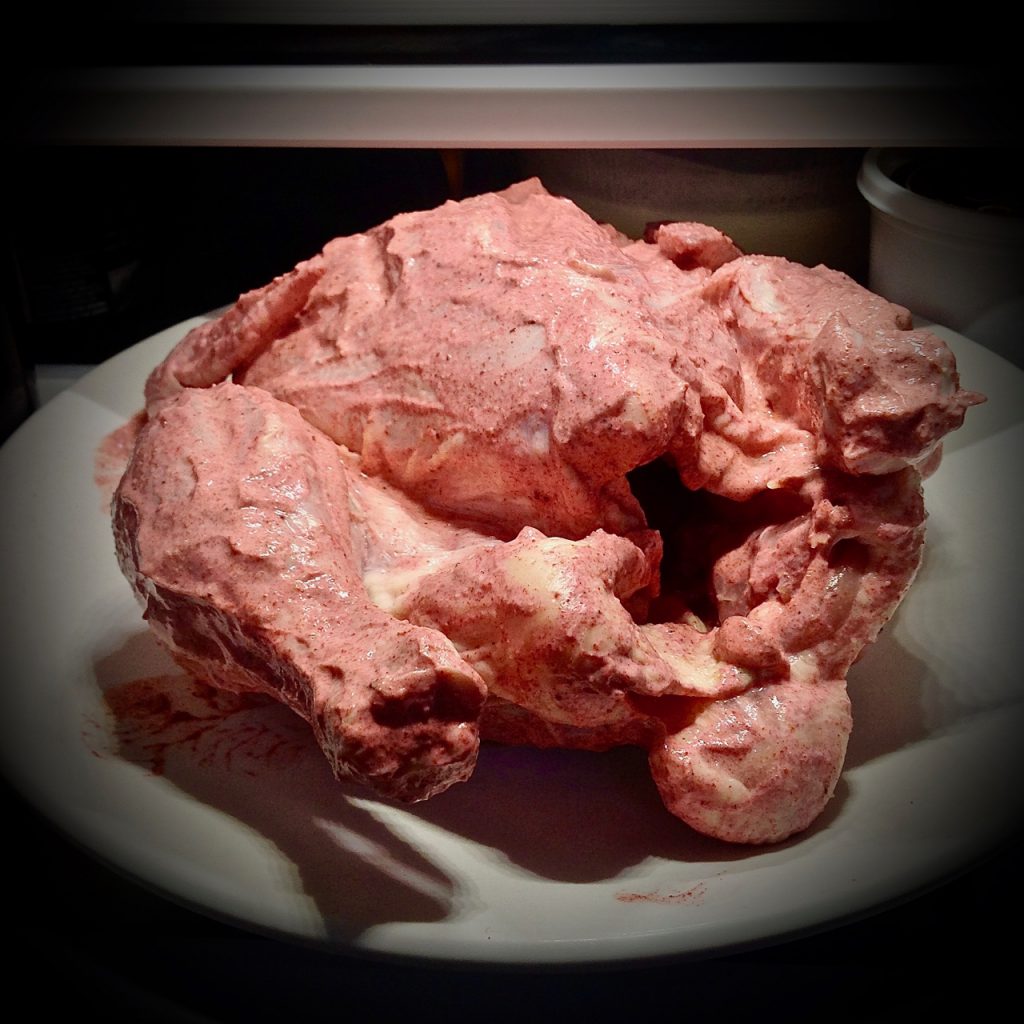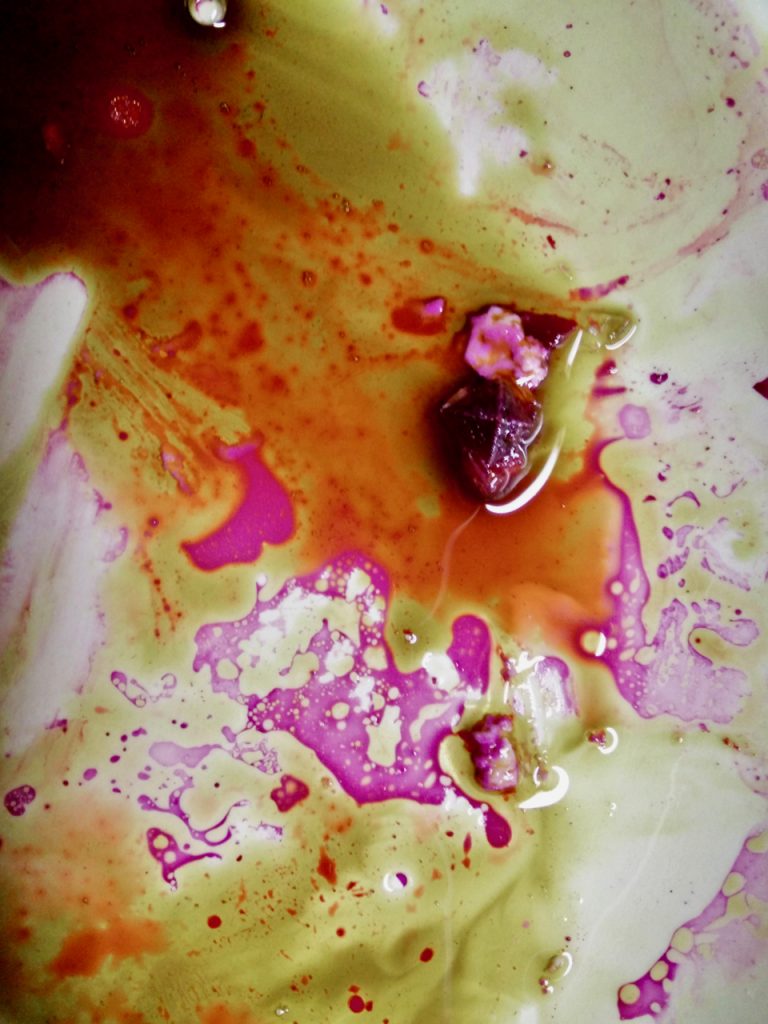Creative: Poetics and Politics
David Szanto
Hot writing
Sometimes poetry can make a big impact with just a few words. A poet I once worked with called it a “hot” form of writing, meaning that each word has to do a lot—they have to be intense, loaded with meaning, and burn brightly. It also means that the poet has to do a lot, picking words that carry the right amount of heat, and then treating them carefully so that they don’t burn too much.
The first poem below was written when I was thinking about how guilty I feel when I eat an ordinary meal. “Ordinary” means that I don’t go out of my way to buy local or seasonal food, that I do succumb to styrofoam, or that I overconsume and then end up wasting something. Because even though all those things are very important to me and my planet, I. sometimes. just. can’t. The poem’s title evokes my sense of throwing up my hands and saying “oh well, tomorrow I’ll do better.”
The second poem was my attempt to streamline 10,000 years or so of food systems evolution into a quick little ditty. It’s meant to be read with an ironically arched eyebrow, acknowledging that an awful lot of stuff happened in between each of the stanzas. At the same time, when you compress time a bit, you sometimes see new patterns in past events, and then—maybe—imagine new ones for the future.
A lovely dinner nonetheless
Tawny dazzling bird
Spirals lies around my tongue
Battery chicken
Root of celery
French-drenched in creamy nap
Not very local
Shining Granny Smith
Juices glaze the hot browned crumb
Flesh reduced to mush
The Bio of Diversity
In the beginning
Elemental ev’rything
Primordial ooze
TenK BCE
Limiting controlling food
Domestication
In middle-aged Earth:
Let’s all industrialize!
Variety wanes.
Soy corn rice and wheat
Break them down to molecules—
Rebuilt with branding
Phoenix trussed and cooked
But was it our goose instead?
Blackened bio-d.
Discussion Questions
- When is saying less more important (or more effective) than saying more?
- How can we express complex ideas about food with minimal (or no) language?
- What food words, to you, are ‘hot’?
Exercises
Both of the poems above are written following a modified haiku style, a Japanese-heritage form of poetry that is written in three lines (the first with five syllables, the next with seven, and the final with five again). Word play and references to nature are often included, and the third line generally incorporates a twist that is meant to delight or surprise the reader, and make them think differently about the first two lines.
- Try writing a single haiku, about food, following this model. What is easy about it and what is hard? How did it make you think differently about your subject, and if you read it to someone else, does it make them think the same way? Do they have a different take on it that you did? Why?
You can also write compound haikus, like the ones above, to tell a more complex story or invoke structural patterns like dishes in a meal, the changing seasons and food cycles, or the different holidays you celebrate.
- Once you’ve had fun with haikus, try a longer form poem. What is different when the length changes?
- You can also tighten things up by writing a “six-word story,” a form of flash fiction that tells a lot with very little. This means coming up with only the most important combination of words, often without proper grammar or syntax, to telegraph a feeling or a narrative into the reader’s mind. Talk about “hot” writing…



